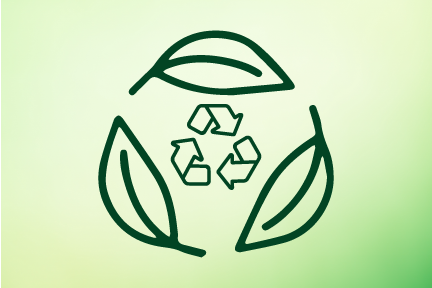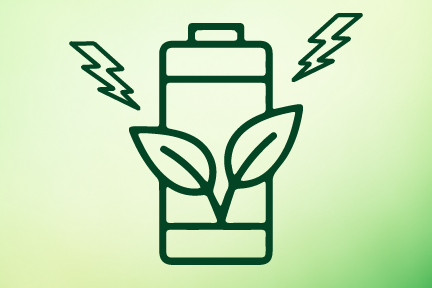The print industry has often been criticized for its environmental impact. However, in recent years, many commercial printers have made efforts to become more eco-friendly. In fact, now printing has much less negative environmental impact than most people imagine. In this blog post, we’ll discuss some of the ways that commercial printers, like ourselves at Poor Richard’s Press, are implementing environmentally sustainable practices.
1. recycling programs

One of the most significant ways that we are reducing our environmental impact is by implementing recycling programs. These programs involve collecting and recycling used paper, cardboard, and other printing materials. This practice helps to reduce waste and the need for raw materials. By reusing these materials, we can help to conserve natural resources and reduce our carbon footprint.
2. sustainable paper choices

here at Poor Richard’s Press, we are also making an effort to use sustainable paper choices. These papers are made from recycled materials or from trees grown in responsibly managed forests. They are also processed using environmentally friendly methods, reducing their impact on the environment.
3. Vegetable-based inks

Traditional printing inks are petroleum-based, which can be harmful to the environment. However, here at Poor Richard’s Press we use vegetable-based inks on our offset press, which are made from natural materials such as soybeans, linseed, or canola. These inks are biodegradable and have a lower environmental impact than traditional inks. Using vegetable-based inks also reduces the amount of volatile organic compounds (VOCs) released into the air, which can be harmful to both humans and the environment.
4. digital printing

Digital printing is an environmentally sustainable alternative to traditional printing methods. Unlike traditional printing, digital printing does not require the use of printing plates or the application of ink to the paper. This means that there is less waste, and the process requires less energy. Digital printing is also more flexible, allowing for shorter print runs and more targeted marketing campaigns.
Conclusion
As we can see, commercial printers are making significant efforts to become more eco-friendly. These efforts include recycling programs, sustainable paper choices, vegetable-based inks, energy-efficient equipment, and digital printing. By adopting these environmentally sustainable practices, commercial printers can help reduce their impact on the environment while providing their clients with high-quality printing services. If you are looking for an eco-friendly printing solution, consider working with a commercial printer that prioritizes sustainability.
